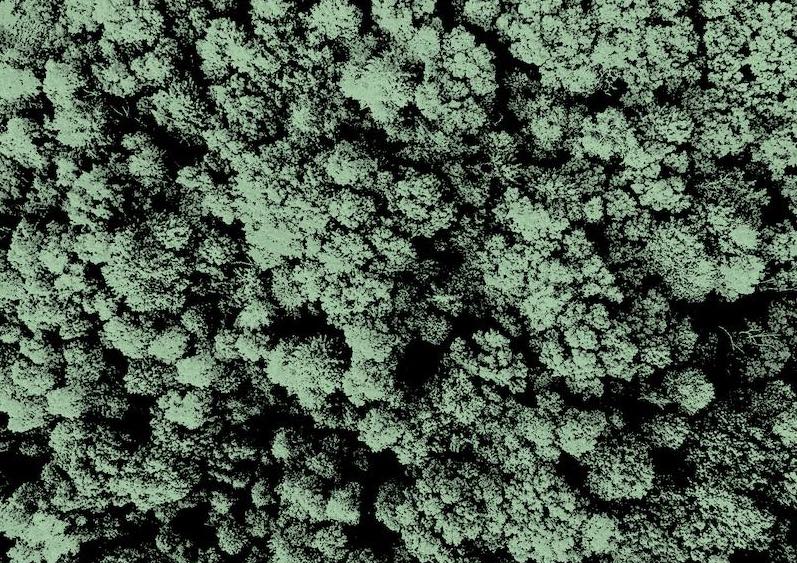What is it about?
The turbulent wake dynamics over typical hilly terrain are systematically investigated by large eddy simulations in conjunction with mode decomposition techniques. The present study first elucidates the mean and turbulent flow characteristics in the topographic wake, followed by an in-depth discussion of the wake pattern under varying topographic and oncoming flow conditions. Finally, the dominant dynamical features underlying the turbulent wake fields over hills are clarified through DMD analysis, along with the evaluation of the efficiency of wake flow field reconstruction.
Featured Image

Photo by Nate Watson on Unsplash
Why is it important?
Since topographic wakes typically exhibit unsteady and coherent vortex structures that evolves spatiotemporally, they are well-suited for analysis using the DMD technique to provide deeper insights into the dynamic behaviors of wake turbulence over hilly terrain. However, to the best of the authors’ knowledge, the spatiotemporal characteristics of topographic wake have not yet been thoroughly examined by DMD. Moreover, although both POD and DMD act as useful complements for interpreting the mechanisms of complex flow phenomena, their correlations and distinctions in the context of turbulent flow fields over hilly terrain remain unclear.
Perspectives
The insights gained from this study are anticipated to advance the understanding of turbulent wake dynamics over hilly terrain and contribute to the development of reduced-order DMD-based models for turbulent flow fields over topography. Moreover, the key findings may provide valuable guidance for wind energy applications such as wind resource assessment and wind farm layout optimization in complex terrain.
Tong Zhou
The University of Tokyo
Read the Original
This page is a summary of: Turbulent wake dynamics and flow characteristics over typical hilly terrain: A proper orthogonal decomposition and dynamic mode decomposition analysis, Physics of Fluids, May 2025, American Institute of Physics,
DOI: 10.1063/5.0269028.
You can read the full text:
Contributors
The following have contributed to this page







